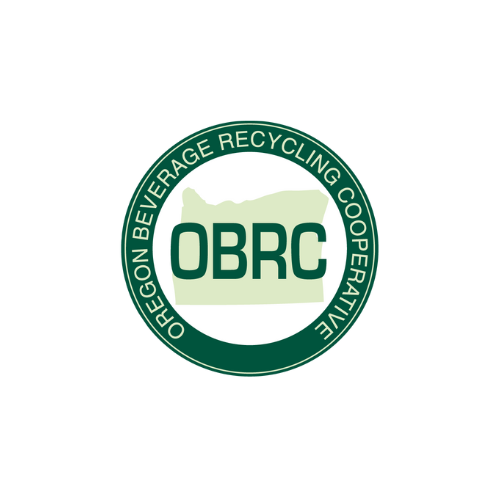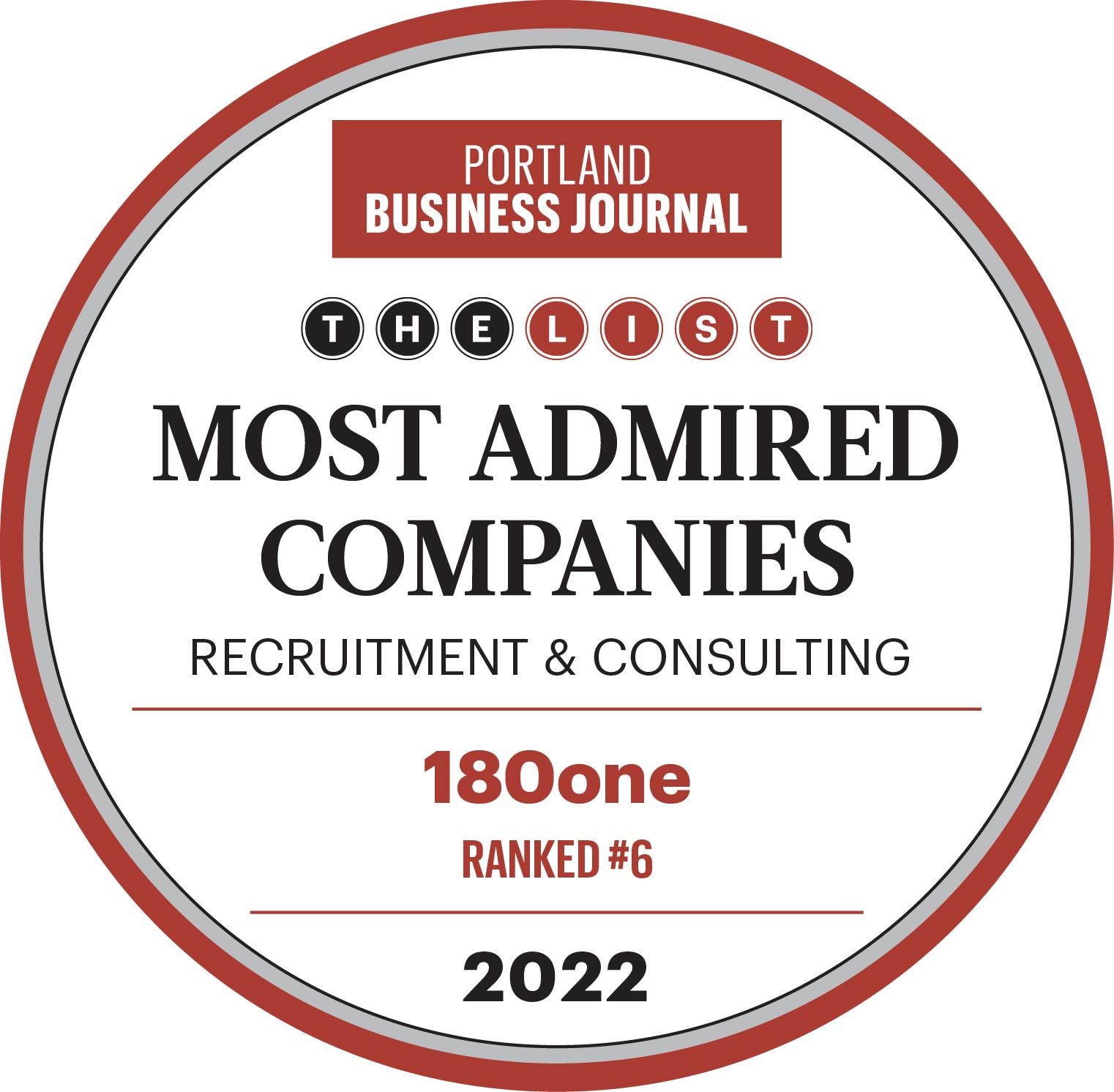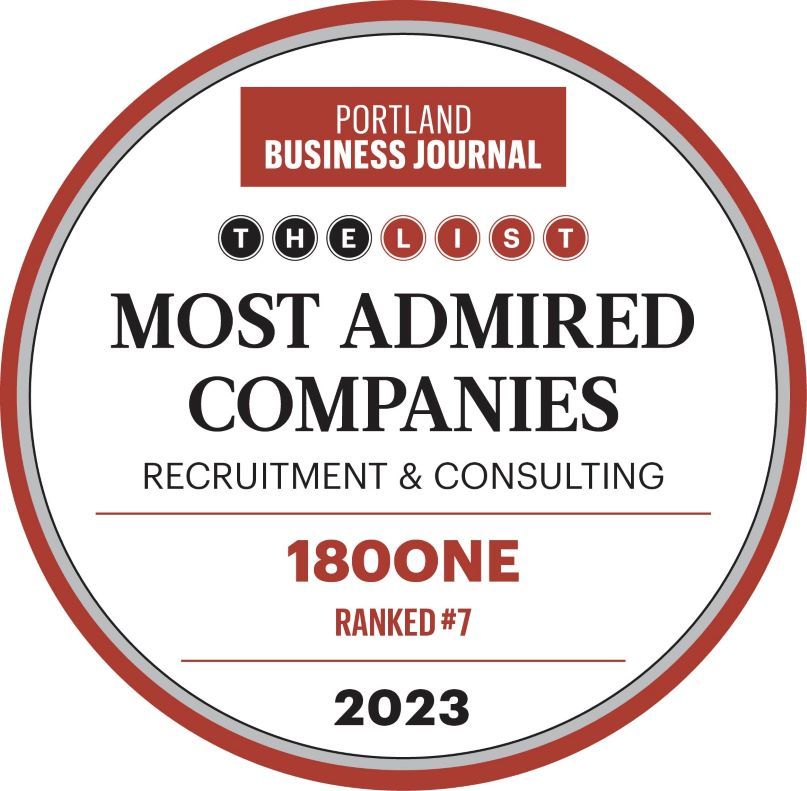How Google’s Rule of Four Can Streamline and Improve Executive Searches
You’re adding an executive to your leadership team.
You’ve done your homework and identified some hopeful candidates.
Now it’s time to identify a candidate who is a good fit for the role and culture, so it's important that all hopefuls meet with as many people in your organization as possible.
Right?
Well…not necessarily.
Considering the historically tight labor market, finding an edge over your competition today means being more thoughtful about the design of your recruiting process. If you want to streamline your interview and selection process while increasing your odds of a successful outcome, keep reading.
What follows are interview tips and best practices to help you identify the right candidates, determine the optimal number of interviewers, and ensure a candidate experience that pays off with a timely hire.
The Law of Diminishing Returns: Why Less is More
Most people are familiar with the law of diminishing returns. It’s an economic principle stating that there is a point at which adding additional units of input (such as labor or capital) will no longer result in a proportional increase in output.
The law of diminishing returns reminds us that there is value in moderation and that more doesn't always mean better.
If you're struggling to fill roles with ideal candidates, applying this concept to your current interviewing practices will help spur results. Having too many people from your organization involved in the interview process can lead to indecision based on varying opinions of the interview team and candidates withdrawing due to the extended process.
Improve Search Outcomes with the Google Rule of Four
At some point, Google noticed that when it comes to getting the best talent on board, it’s incredibly important to move quickly and efficiently. That's why Google decided to implement the "Rule of Four" for most of its interviews.
The rule simply states that a maximum of four people should be involved in the interview process. This rule was based on Google analyzing their historical hiring data showing that the success rate of a hire when having four people on the interview team was almost identical to those with more people in 95% of cases.
The Rule of Four is a simple but effective way to streamline the interview process and make better hiring decisions faster.
If we follow the lead of the interview process at Google, having an efficient interview structure not only maintains the success rate of hires, but can also provide a more positive candidate experience resulting in an improved acceptance rate.
When it comes to executive-level positions, this philosophy takes on even greater importance. The executive hiring and recruiting process is notoriously lengthy and complicated, often taking months or even years to complete — a result of having too many cooks in the kitchen.
However, research has shown that adding more people to the interview team lengthens the entire process and does not necessarily result in better hires. A shorter interview process, with a small team, is often more effective in identifying top candidates.
Additional Drawbacks of a Lengthy Hiring Process
Loss of time. The more people you have involved in the hiring process, the more you’ll compete with too many calendars, and it becomes difficult to schedule interviews. This will greatly increase the time it takes to fill a position.
Reduced productivity. For each current employee spending time interviewing, productivity of their regular job duties goes down.
Candidate exhaustion. With a slow hiring process, candidates assume they are not wanted and that their background is not valued. They are most likely to lose interest and look elsewhere.
Other opportunities. Google's head of HR has said that "the best people don't wait." A quicker hiring process means you’re not losing your best candidates to other opportunities.
Executive Hiring Best Practices: Streamline and Simplify
Instead of spending time on countless interviews conducted by too many people, consider these steps to streamline your interview process. With fewer people involved and a solid plan, you’ll eliminate bias, get more accurate feedback post-interview, and decide that everyone on your team can agree with.
Structuring Executive Interviews for an Optimal Outcome
Step 1: Build a Small but Mighty Team
The first step to streamlining your executive interview process is to build a small but mighty interview team. When it comes to interviewing executives, less is more. And no more than four is ideal. You want to make sure that you have a team of people who are qualified to ask tough questions and evaluate candidates objectively. Typically, the interview team is comprised of the hiring manager, a peer to the role, subject matter experts, and human resources. Having too many people involved in the process can often lead to bias and slow down decision-making.
Step 2: Employ Structured Interviews
The second step to streamlining your interview process is to employ structured interviews. This means that interview questions are developed specifically to assess candidates on the skills needed to be successful in the role. In addition, each candidate should be asked the same set of questions in the same order. This will help you to compare candidates more effectively and eliminate bias.
Step 3: Use a Candidate Scorecard
The third step to streamlining your interview process is to clarify the feedback process. You want to make sure that everyone on your team knows how to give feedback and that there is a system in place for collecting it. Utilizing a Candidate Scorecard is an effective and organized tool used for these purposes. Interviewers provide numerical ratings for each candidate over a variety of predetermined skills or traits needed in the role based on the candidate’s interview responses on the Candidate Scorecard. This will help to ensure that everyone is on the same page and that you are making decisions based on accurate information.
Step 4: Make a Decision
The fourth and final step to streamlining your interview process is to decide. Once you have collected all the information, it’s time to decide. This can be tricky but trusting the process will pay off in spades.
Apply Google’s Rule of Four to Your Next Candidate Search
A streamlined interviewing process will help you avoid any possibility of diminishing returns during your search for your next executive hire.
180one is Portland’s trusted partner for executive recruitment. We go beyond traditional headhunters simplifying how you hire leaders with a complete range of services — including developing candidate success profiles and scorecards and designing structured interviews and candidate success profiles. We have the tools and resources to help you find the perfect candidate for your next role. We'd be happy to chat. Book a call HERE.






